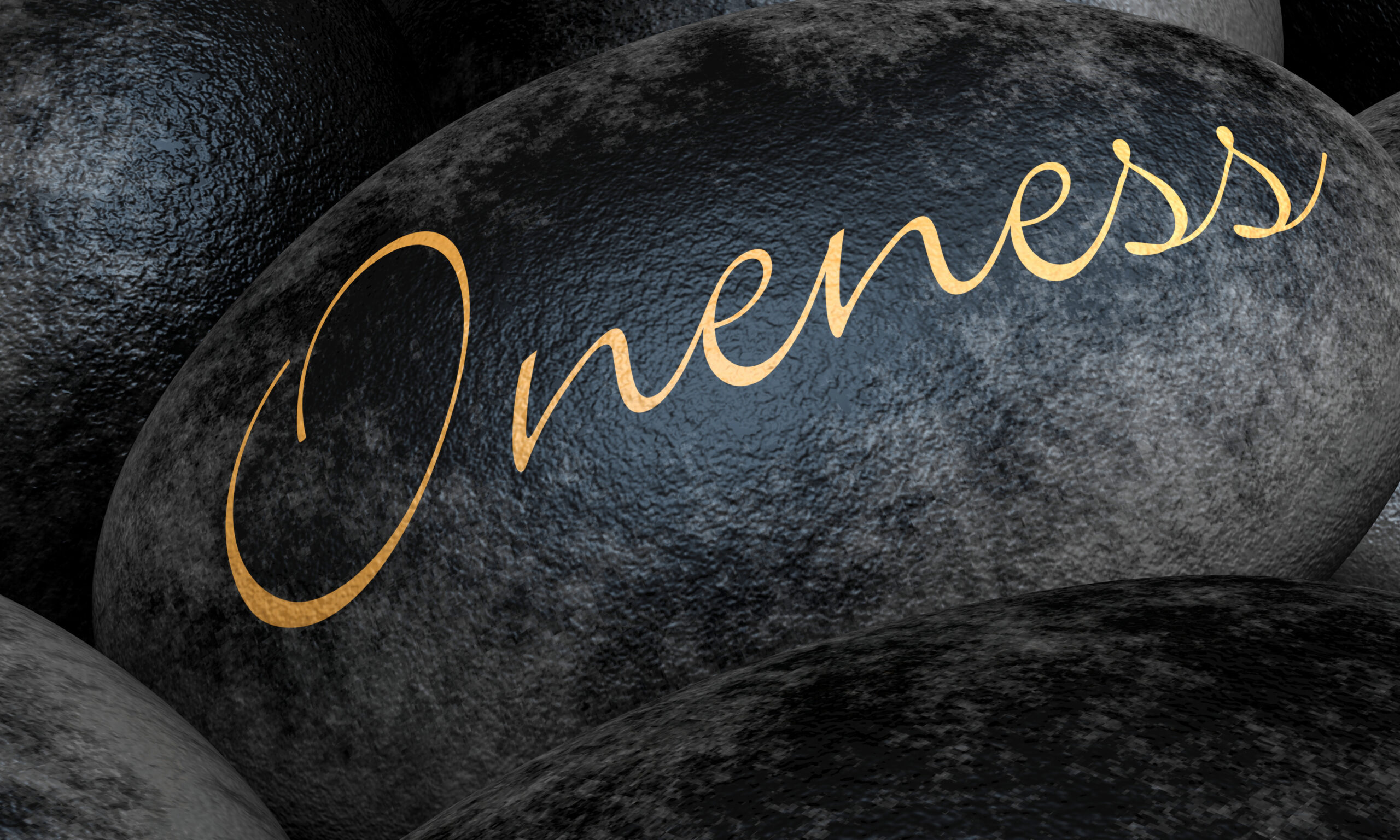Whether it is a matter of solving a specific problem or development, non-dual therapy is a journey on which we get to know ourselves. Here the knower, the known, and the knowledge are one.
The therapist is a guide who allows us to clarify the problem, grasp it, and helps to determine the direction of the journey to the solution. At the same time, they do not allow us to stray from the path, to enjoy the beauty of our own imaginations, to remain stuck in a negative feeling, to succumb to fear, etc.
“Non-dual therapy is a journey on which the knower, the known, and the knowledge are one.”
The therapist perceives whether we have the necessary equipment and capacity to solve the problem and, if necessary, helps us to equip ourselves, i.e. to acquire the necessary skills and capacity. They are careful that we only take on a burden that we are able to bear, and so for some people they spread the journey over several stages and with others they walk it in a single day. Both are fine and are an expression of the therapist’s understanding and conscious approach to the client.
“Non-dual therapy goes beyond the boundaries of opposites so that a person can truly free themselves from the problem and find a permanent solution.”
In non-dual therapy, the traditional therapeutic approach is used only to bring the client into contact with that which is suppressed. The approach in this first phase is dualistic and works with opposites.
Then the client is guided in their own experience to be able to identify with the feeling of freedom, and thus spontaneous liberation from the problem can occur. The client gains their own insight and understanding of the situation, which further gives them confidence and removes doubts. The therapist can help them to clarify and name things, but the knowledge is their own. You do not doubt that an airplane weighing over a hundred tons flies when you have sat in it and flown.
In this second phase, we are already working with a non-dual perspective and experience, which only a sufficiently conscious therapist can help us to enter. No guide can help us get further than they themselves have gotten. Therefore, the therapist must be sufficiently free from the negative influence of their ego-mind and have a deep understanding of the experience of wholeness.
“Traditional therapy works with the ego-mind as the real “self” that needs to be normalized, and thus rid of the problem.”
Our ego-mind is the reference point for all experiences. Our persona identifies with everything and becomes the center of the drama of life. Most approaches to traditional therapy work with this perspective, believing in a subjective ego and an objective experience. It thus helps the ego to survive its dramas, which cannot lead to true liberation and rather leads to a certain acceptance of the problem.
“True liberation from the problem must be spontaneous and come from one’s own experience and knowledge.”
Liberation from a problem or limit cannot be planned, forced, or mediated, which is why I use the word spontaneous, since it occurs when the right conditions are created, when it clicks, for example, when opposites get very close. The therapist acts with their own presence and consciousness and helps the client to create the necessary conditions. Wholeness is the opposite of division and is accompanied by inner peace and understanding, which are the opposite of inner conflict and confusion. The drama of life subsides, conflicts disappear, and a naturally whole, emotionally and mentally healthy person crystallizes. Individuality is free from internal conflicts, injuries, and understands itself.


